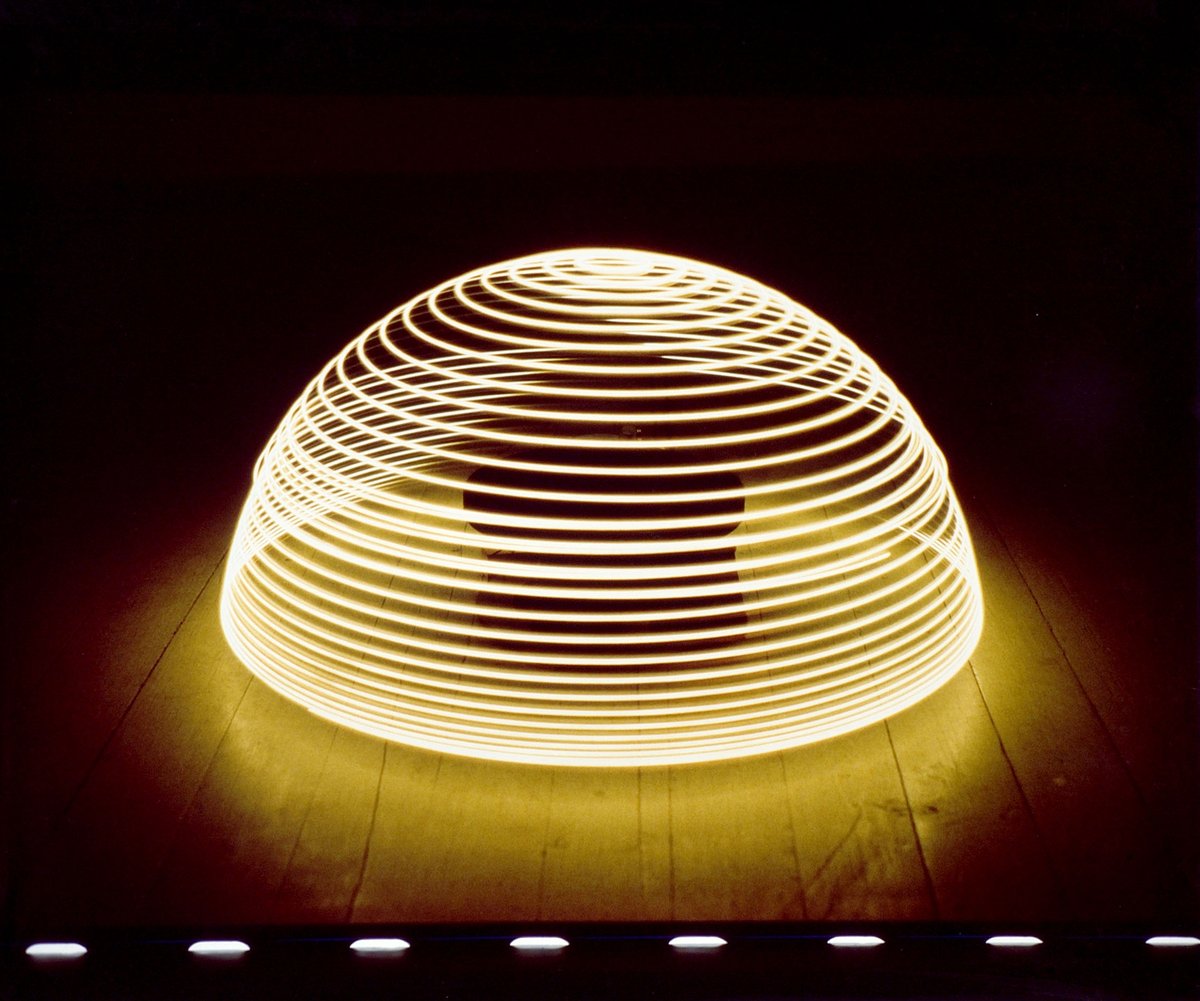
Hemisphere III.
Contemporary Collection
Building C - 27 October 2023 – 11 February 2024
The exhibition titled TechnoCool, opening in the Hungarian National Gallery at the end of October, explores the way of thinking of the generation of artists, who started their career in the 1990s and who felt liberated by the economic-cultural openness after the change in the political system. The revolutionising spirit of electronic music, DJ culture, and the new visuality of parties served as key inspiration, manifesting in the visual language of the works and the issues addressed by them. The displayed works by more than fifty artists showcase the development of different media – paintings, readymades, photographs, prints, videos, and, to a lesser extent, computer-based art – in the nineties.
The Hungarian artists featured at the exhibition saw art as a new opportunity for self-expression during the nineties. Besides the traditional media of art, the possibilities provided by new visual tools, image editing programmes, and computers served as new forms of self-definition for an entire generation. The sections of the thematical exhibition showcase subjects that feel fresh and relavant from today’s perspective. The international context is created by showing works of foreign artists who exerted major influence in Hungary in the period: Muntean/Rosenbloom, Pippilotti Rist, Cindy Sherman, Andreas Gursky, and Matthew Barney, who was filming in Budapest at the time. The artworks evoking an exciting visual world, which has retained its novel feel to this day, can be seen in a spectacular interior together with several music, video, and educational installations.
Exhibited artists:
Zoltán Ádám, Andreas Gursky, Gábor Bakos, Matthew Barney, Emese Benczúr, Balázs Beöthy, András Braun, Marianne Csáky, Lajos Csontó, Attila Csörgő, EIKE, Róza El-Hassan, Ágnes Eperjesi, Gábor Erdélyi, Miklós Erhardt, Gábor Farkas, Róbert Ferenczi, András Gál, Pál Gerber, Gábor Gerhes, Tibor Gyenis, László Győrffy, Kinga Hajdú, Dominic Hislop, Mariann Imre, Tibor Iski Kocsis, Gyula Július, Balázs Kicsiny, András Király, Tamás Komoróczky, Endre Koronczi, János Kósa, Éva Köves, Adrián Kupcsik, Antal Lakner, Little Warsaw, Muntean/Rosenblum, Kriszta Nagy, Csaba Nemes, Hajnal Németh, Rudolf Pacsika, András Ravasz, Pippilotti Rist, Cindy Sherman, János Sugár, Dezső Szabó, Pál Szacsva y, Péter Szarka, Zoltán Szegedy-Maszák, András Szigeti, István Szili, Attila Szűcs, Csaba Uglár, Ágnes Uray-Szépfalvi, Vacuum TV, Ferenc Varga, Gyula Várnai, Zsolt Veress, Júlia Vécsei, Ákos Wechter, Imre Wéber
Precursors:
Gábor Bachman, László Beke, Ákos Birkás, Gábor Bódy, Miklós Erdély, György Jovánovics, Zsigmond Károlyi, Tamás Körösényi, Dóra Maurer, László Rajk, György Soós, Tamás Szentjóby
Curators of the exhibition: Katalin Harangozó, Sára Major, Zsolt Petrányi, Linda Alexandra Tarr
Cooperating Partners: Porsche Hungaria and Telekom Electronic Beats.
Working in many media and artistic genres, Tamás Komoróczky’s work is characterised by diversity. In terms of its colours and approach, Addiction evokes the world of pop art. Black-and-white cut-out faces are shown against a colourful collage background and are repeated and distorted to generate the illusion of movement. The artist places images of his earlier work, as well as self-portraits and portraits of other artists and figures in artistic life (including Hajnal Németh, Csaba Uglár, and Miklós Peternák, among others), alongside the figure of Matthew Barney from the film Cremaster 5, which was partly shot in Budapest in 1997. The swirl of repeated faces against the colourful background, the unreal character of Matthew Barney, as well the image of an explosion evoke the way in which mind-altering substances are depicted in pop culture.
Markus Muntean and Adi Rosenblum have been working together since 1992. In their works, which, in terms of composition, approach painting in a traditional way reminiscent of Renaissance painting, they depict figures appropriated from fashion magazines and advertising posters with short, poetic texts and often with white frames. The young persons, dressed in fashionable clothes (as if from a magazine photo shoot), look at us from the picture with pensive, resigned, inscrutable faces. The melancholic figures can be placed in time due to their clothes and their (bleak) surroundings, but their faces reflect a sculptural timelessness. They are isolated and alienated; they are not connected to each other. The sentence under the composition, the handwritten letters of which evoke scripts or comics, gives us the opportunity to place the enigmatic figures in a narrative. However, it offers no resolution, as the relationship between image and text remains unclear.
In the 1990s, Ágnes Eperjesi became interested in the graphics used on the packaging of various commercially available goods – such as instant foods and cleaning products. Initially, her interest took the form of collecting and sorting the various motifs into thematic albums. The potential for artistic exploitation first emerged as she was classifying the various images of hands contained in the illustrated instructions for use of housework-related products, when she realised that most of them were depictions of female hands. Busy Hands was created by using and enlarging individual details from the packaging in the form of photographic negatives. Through the technical specificities of photographic development, the inverted colours of the appropriated packaging images lend the work a critical interpretation.
Pál Szacsva y is among those artists who came upon photography as a classic – in contrast to the new media – but renewable opportunity for image creation, in a period when Photoshop was generating confusion with respect to the veracity of photography. He was fascinated by the way images are distorted when projected onto objects, so he began to take photographs of these distortions at home using a large-scale flat film camera, leaving viewers perplexed as to where and how the shots were produced. Projections onto everyday items in his apartment were rephotographed and enlarged, and interestingly, because of the high resolution, the end result is a needle-sharp, highly detailed image of a “wrinkled” reality that contemporary viewers presumed to be a Photoshop manipulation.
27 October 2023 – 11 February 2024
Online ticket purchase